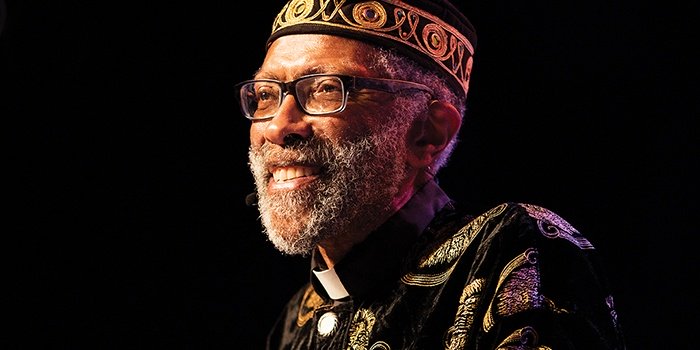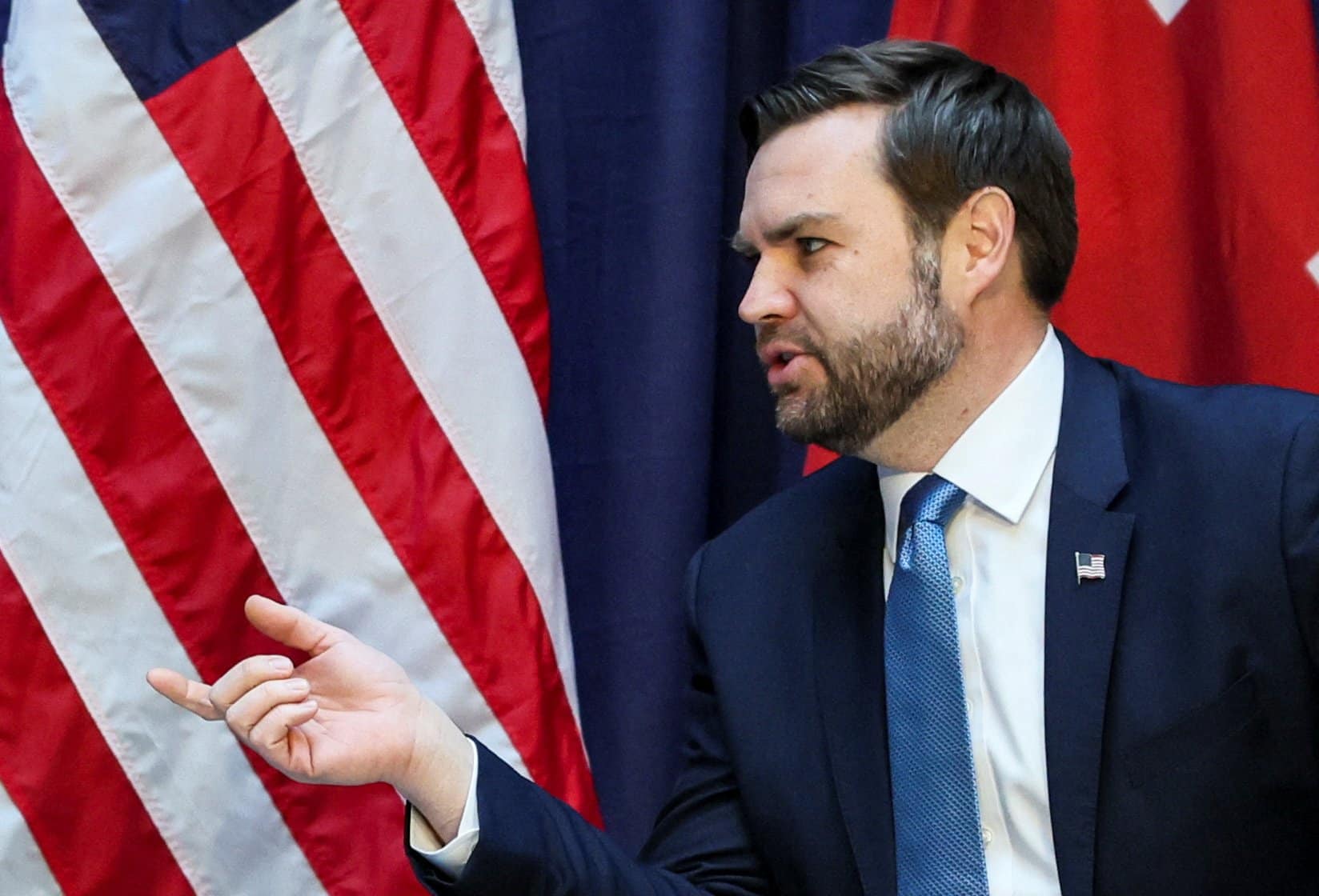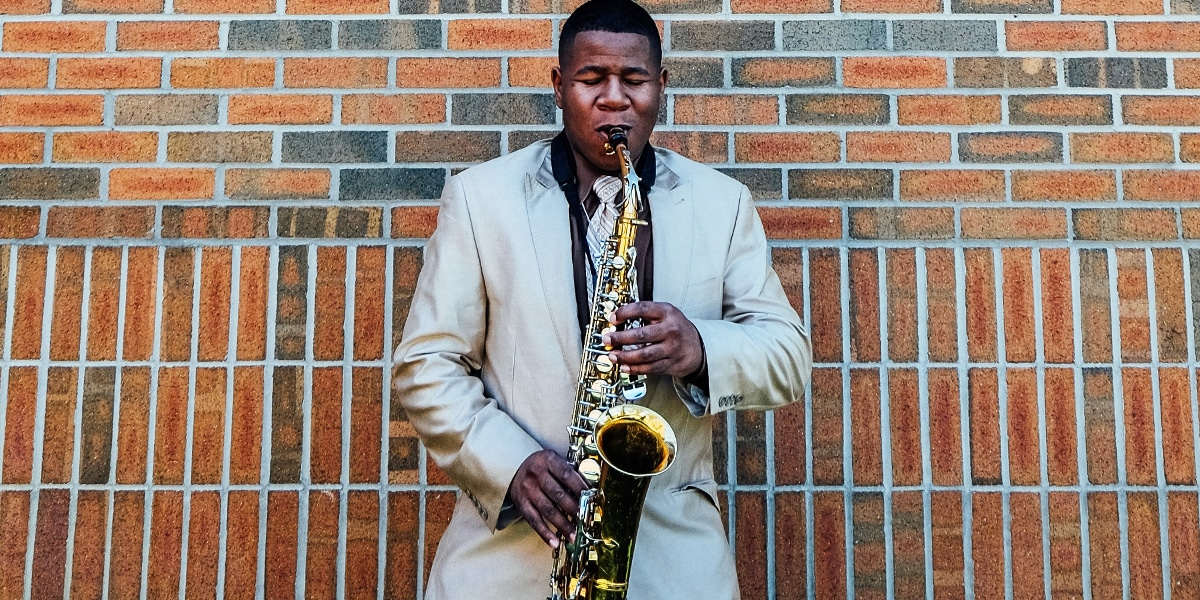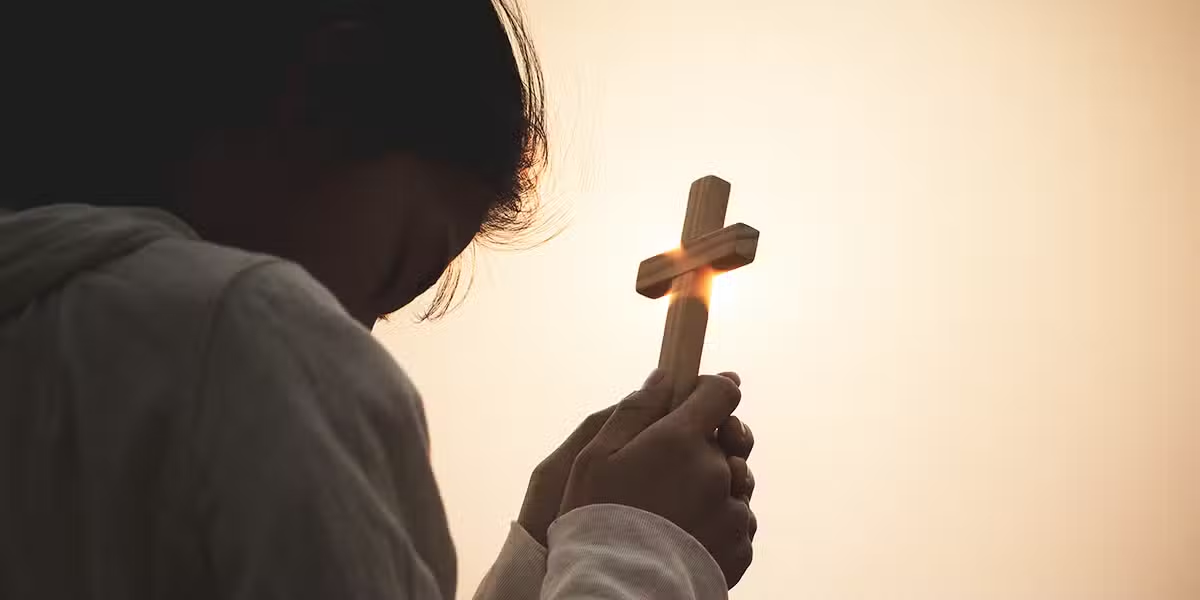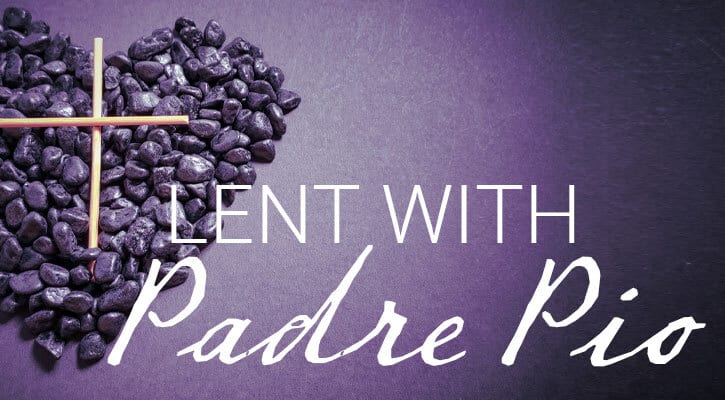In a time of intense racial tensions, Msgr. Ray East has some words of advice: We need to focus on the fact that we are all made in God’s image.
Msgr. Ray East, a nationally known speaker and evangelist, thinks Pentecost is a perfect image of the Church. In fact, he thinks everyone should look up and memorize the second chapter of Acts. What takes place on Pentecost, he says, shows that “the diversity that exists in the Church now was present from day one. In fact, it was precisely because of that worldwide gathering that the Holy Spirit came, and that’s the birth of the Church.”
But he’s also acutely aware that there are difficult issues within both society and the Church that must be confronted. One of those issues is racial division.
“You could look at the history of the United States from the Native Americans right through to the current days, and say we’ve been a nation marked by genocide, riots, pogroms, and things that would tear people apart and divide,” says Msgr. East. “That’s in our DNA. But the recipe for healing is in our natural culture, as well. We need to use that ‘medicine of mercy’ that St. John XXIII talked about—the Church being a medicine of mercy for the sin of racism.”
Mercy, he says, is at the very heart of our faith. “It’s why God came to earth. It’s why Jesus formed as one of us. It’s at the heart of all of the Gospels and particularly the story of the good Samaritan or the prodigal children that God welcomed home. Mercy is the way that we manifest our Christian, Catholic faith.”
Lack of Mercy
He points out, though, “In a very real way, these are the most merciless times. The climate has become so antagonistic.” Things like race, religion, and nationality shouldn’t be dividing factors, but instead should show us the great diversity of God’s creation, he says.
“Here we are, living on one small planet in a country that’s been so blessed, and we can’t even figure out how to be civil and love one another because there are these things that divide us,” says the monsignor. “We agree on so many beautiful principles: that we should love one another, that we should care for one another. But how to do it? That’s where the problems come.”
The first step in confronting racism, Msgr. East believes, is for people to realize that racism is a sin. “It tears down the image of God. It attacks the dignity of the human person. And besides being a sin, it is an illness. It affects people; it infects people.”
Addressing the Issue
This past August, in the aftermath of racially motivated violence in Charlottesville, Virginia, the US bishops made a move to more actively confront racial issues in our country by establishing an ad hoc committee on racism. The committee, which is being led by Bishop George Murry, SJ, of Youngstown, Ohio, will focus on addressing the sin of racism in our society—and even in our Church—and the urgent need to come together as a society to find solutions.
At a press conference about the committee, Bishop Murry said: “We’re here today because of our confidence that Christ wishes to break down these walls created by the evils of racism, be they on display for the world to see or buried deep within the recesses of our hearts. For too long the sin of racism has lived and thrived in our communities and even in some of our churches.”
For Msgr. East, the development of the committee was a welcome move. “Racism is one of the least written about, talked about, researched subjects, ” he says. Nor does he believe that the Church is doing enough to counter it.
“Racism is such a loaded word that we walk away from it. We walk away from the challenge to address racism. We walk away from it in our official pronouncements. We’d rather talk about anything else,” he says.
Given the fact that there have been only two major documents on racism from the US bishops since 1979, that seems to be an accurate assessment. In 1979, the bishops released the pastoral statement “Brothers and Sisters to Us,” and in 1984, the 10 black bishops of the United States issued the pastoral letter “What We Have Seen and Heard,” as a witness to the black community.
Aside from those, statements on the issue of race have come mostly from individual bishops. For example, Bishop Edward K. Braxton of Belleville, Illinois, recently wrote two pieces addressing the issue of race: “The Racial Divide in the United States and The Catholic Church” and “Black Lives Matter Movement: The Racial Divide in the United States Revisited.” A pastoral statement on racism from the US bishops is supposed to be released next year, though.
Children of God
When asked about the controversial movement Black Lives Matter, Msgr. East points out that “people would not have had to come up with the term Black Lives Matter unless there was this huge countercurrent that said black lives don’t matter.”
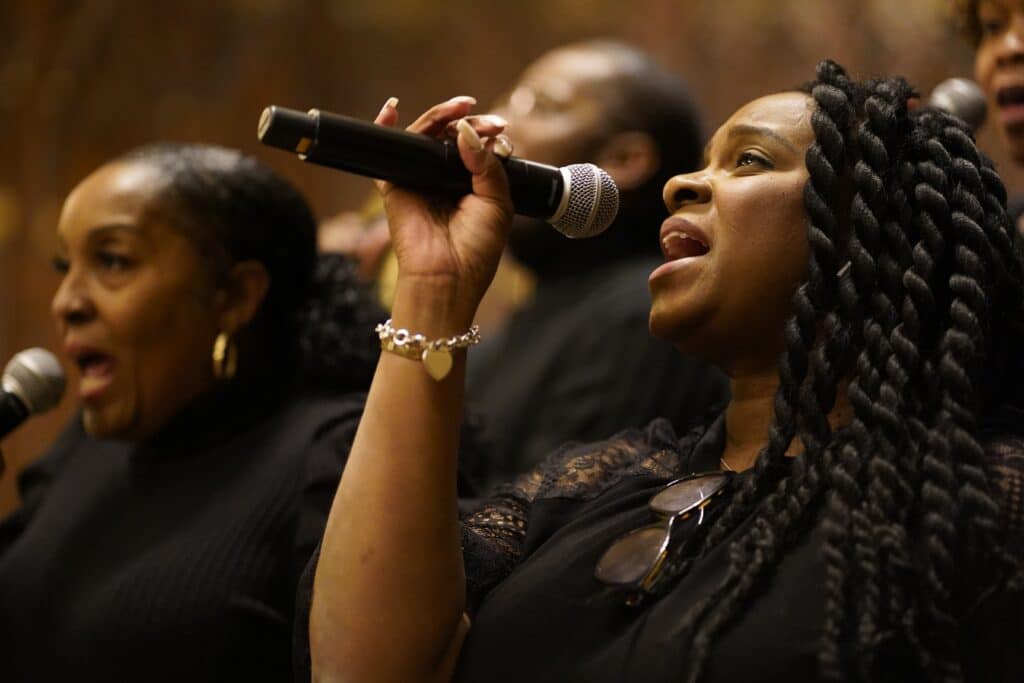
That does not, however, mean that the message is exclusive to the African American community, he says.
“When you say black lives matter, it doesn’t mean that blue lives don’t matter—lives of police officers—or that the lives of all the other members of the community or the lives of women don’t matter. No, it means that everybody matters and everybody’s important to God. And because they’re important to God, they should be important to us.”
Moving Forward
The best way to address racial issues within the Church, Msgr. East says, is to imitate or recreate Jesus’ encounters, such as with the woman at the well. In that meeting, Jesus crosses borders, listens to her story, and offers her the gift of himself and his honesty, thus allowing her to be honest with him.
“In that same way, we encounter the other. We share our stories. We make eye contact. We share our name, a little bit about ourselves, and we realize that Christ is the glue that is keeping us together. And then we go forth and share that relationship with others.
“I think we forget that we’re one family, or as I like to say, we’re all Afri-kin—k-i-n—under the skin. . . . St. Paul says in such a beautiful way, God made us in his image and in this image of God we are all one. When we forget about that, we miss the beautiful richness of all the different cultures and places [to which] the human family has migrated.”
Black Catholics in the United States
- There are 3 million African American Catholics in the United States.
- Of the 17,651 Roman Catholic parishes in the United States, 798 are considered to be predominantly African American. Most of those are on the East Coast and in the South. Farther west of the Mississippi River, African American Catholics are more likely to be immersed in multicultural parishes.
- About 76 percent of African American Catholics are in diverse or shared parishes, and 24 percent are in predominantly African American parishes.
- At present there are 15 living African American bishops, of whom eight remain active.
- Currently, six US dioceses are headed by African American bishops, including one archdiocese.
- There are 250 African American priests, 437 African American deacons, and 75 African American men in seminary formation for the priesthood in the United States.
- There are 400 African American religious sisters and 50 African American religious brothers.
- The black population in the United States is estimated to be just over 36 million people (13 percent of the total US population).
- By the year 2050, the black population is expected to almost double its present size to 62 million, and it will increase its percentage of the population to 16 percent.
“The Catholic Church: By the Numbers,” USCCB Office of Media Relations (2012) Updated: February 2017
An Important Gathering
This past July, 2,000 people gathered in Orlando, Florida, for the 12th National Black Catholic Congress (NBCC). Under the theme “The Spirit of the Lord Is upon Me: Act Justly, Love Goodness, and Walk Humbly with Your God,” attendees took part in workshops on prayer, Bible study, and prison ministries, as well as ones on racism as a destructive force and lessons learned in the St. Louis Archdiocese from the unrest in Ferguson, Missouri, after the fatal police shooting of Michael Brown in 2014.
The NBCC began in January 1889, when 100 black Catholic men gathered in Washington, DC, and met with President Grover Cleveland.
Daniel Rudd, a journalist from Ohio and founder of the American Catholic Tribune, recruited delegates to the first Black Catholic Congress. He also helped organize the first lay Catholic Congress of the United States in 1889, insisting that blacks be treated as part of the whole, not as a special category.
The movement would go on to hold five congresses from 1889 to 1894. Following a long period when no gatherings were held, the congresses began again in 1987 and have been held every five years since.
At this year’s congress, Father Patrick Smith, pastor of St. Augustine Catholic Church in Washington, DC, said: “Black Catholics and sympathetic clergy demonstrated by this gathering—in a way like never before—that the plight of black citizens of this country and members of the Catholic Church matter. In other words, the first congress emphatically declared that ‘Black Catholic Lives Matter’ in the Church and ‘Black Lives Matter’ in and across this country.”


